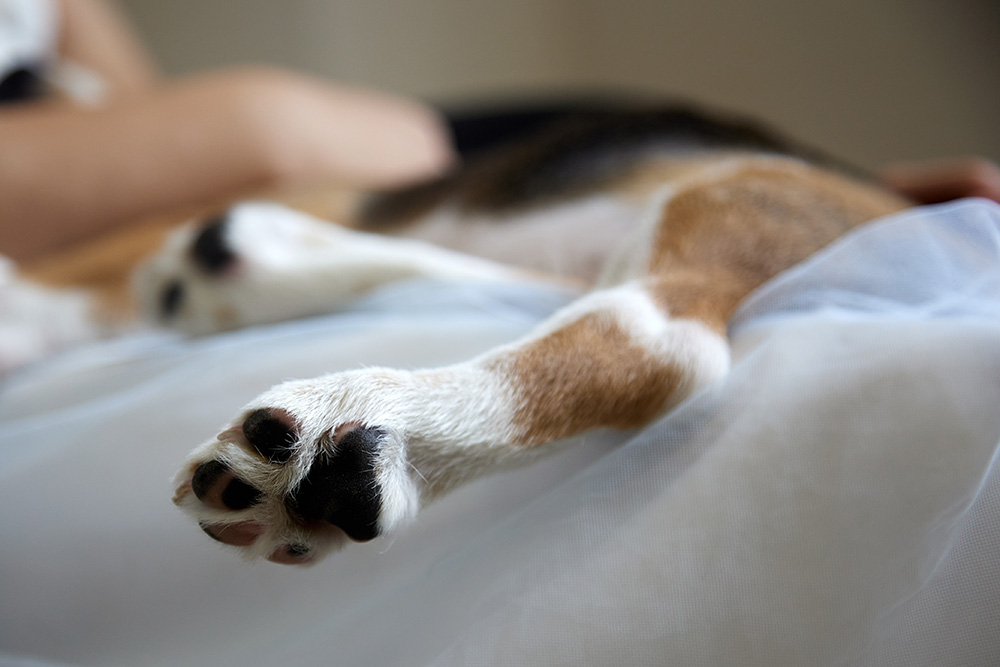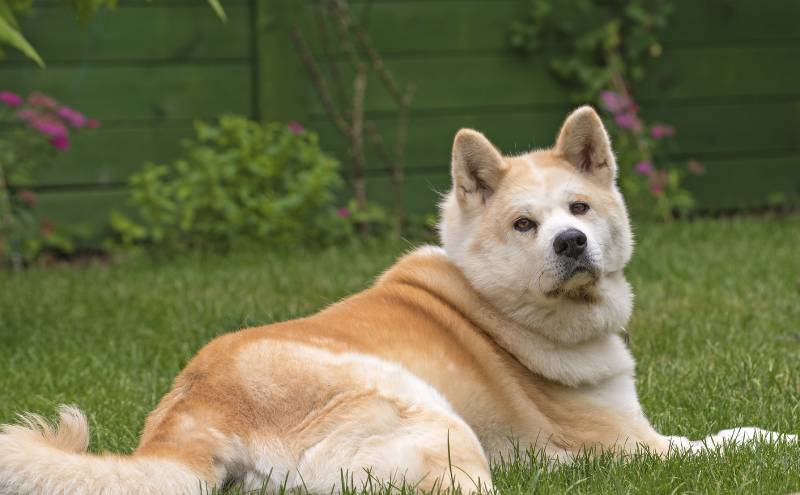Maltipoos are known for their big hearts, fluffy coats, and long lifespans, often reaching 12 to 15 happy years. But even adorable Maltese–Poodle mixes have a few health quirks every owner should keep an eye on.
Many common Maltipoo health concerns are easy to spot and treat with the right care. From wobbly knees to itchy skin, here’s what to know to keep your pup feeling great from puppy days to golden years.

The 5 Common Health Risks in Maltipoos
1. Luxating Patella (Wobbly Knees)
A luxating patella occurs when the kneecap slips out of its normal position. It’s a common issue in small breeds, and Maltipoos are no exception. This condition can cause intermittent limping or skipping, especially when your dog runs or jumps.
Watch for:
- Limping that comes and goes
- Holding one leg up temporarily
- Hesitation to jump or climb stairs
Treatment:
Mild cases may only need rest, joint supplements, or physical therapy. If the knee slips frequently or causes pain, your vet may recommend surgery to stabilize it. Keeping your Maltipoo at a healthy weight and avoiding high-impact jumps can reduce stress on their joints.
Regular exercise on soft surfaces, such as grass, can also strengthen leg muscles and help support healthy movement.

2. Allergies (Itchy Skin and Sneezing Fits)
Maltipoos often inherit sensitivities from both parent breeds, making allergies one of their most common health problems. Allergies can be triggered by pollen, dust, mold, certain foods, or even flea bites.
Watch for:
- Persistent scratching or licking, especially around the paws or belly
- Red, irritated skin or rashes
- Frequent ear infections or head shaking
Treatment:
Your vet can help determine whether your dog’s allergies are environmental or food-related. Testing may identify triggers, and treatments often include antihistamines, special diets, or medicated shampoos.
For environmental allergies, wiping your Maltipoo’s paws after walks and using a gentle, hypoallergenic shampoo can help prevent flare-ups. If food allergies are suspected, a vet-supervised elimination diet can pinpoint the cause.
With consistent care, most allergic Maltipoos live comfortably without constant itching.
Did you know you can talk to a vet online? Click on the image or button below to schedule a call:

3. Dental Disease (More Than Just Bad Breath)
Maltipoos are small dogs with small mouths, which means crowded teeth and a higher risk of dental problems. Without regular care, plaque and tartar can lead to gum disease, pain, and even tooth loss.
Watch for:
- Bad breath that doesn’t go away
- Yellow or brown buildup on teeth
- Difficulty eating or pawing at the mouth
Treatment:
The best prevention is daily brushing with dog-safe toothpaste. Dental chews, water additives, and crunchy dental diets can also help keep teeth clean between brushings. Your vet may recommend professional cleanings once or twice a year to remove plaque that brushing can’t reach.
Good dental hygiene doesn’t just protect your dog’s mouth — it also supports overall health, since untreated dental disease can affect the heart and kidneys.
4. Cushing’s Disease (Too Much Cortisol)
As Maltipoos age, they can develop Cushing’s disease, a hormonal imbalance that causes the body to produce too much cortisol. This condition can affect energy levels, appetite, and metabolism.
Watch for:
- Excessive thirst and urination
- Increased hunger and weight gain
- A round, pot-bellied appearance
- Thinning hair or fragile skin
Treatment:
Cushing’s disease is diagnosed through blood tests and sometimes imaging. Depending on the cause, your vet may recommend lifelong medication to regulate hormone levels or surgery if a tumor is present.
While the condition requires management, most dogs respond well to treatment and enjoy a normal quality of life once their hormone levels are stabilized.
5. Obesity (The Silent Health Hazard)
Those big Maltipoo eyes make it hard to say no to treats, but too much indulgence can quickly lead to extra weight. Obesity is one of the most common and preventable health problems in small dogs. Even a few extra pounds can increase the risk of joint pain, heart disease, and diabetes.
Watch for:
- Difficulty feeling your dog’s ribs under a layer of fat
- Less interest in play or shorter stamina on walks
- Trouble jumping onto furniture
Treatment:
A balanced diet and portion control are key. Choose high-quality dog food and measure portions rather than free-feeding. Replace high-calorie treats with healthy options like small carrot pieces or green beans.
Regular walks, gentle play sessions, and puzzle toys keep your Maltipoo active and engaged. Staying lean doesn’t just add years to their life — it also keeps them more energetic and comfortable every day.


Final Thoughts
Don’t be alarmed! Maltipoos are generally long-lived, loving companions. With regular vet visits, smart feeding, and lots of TLC, most of these conditions can be prevented or managed.
Knowing the signs simply means you can catch problems early—and keep your Maltipoo living their best, tail-wagging life for years to come.
Feature Image Credit: OlgaOvcharenko, Shutterstock
Did You Know?
- Our brand-new posts are rounded up and included in our weekly emails. Don’t miss out on the latest – sign up for our newsletter below!
